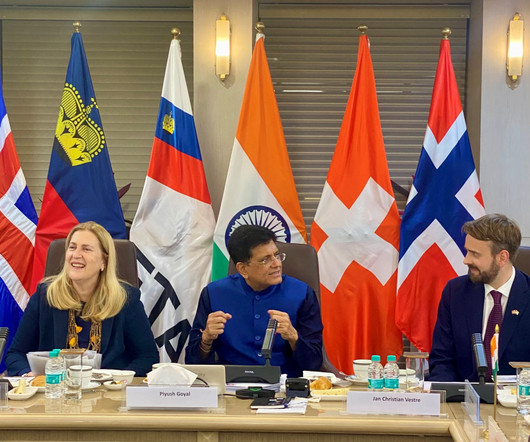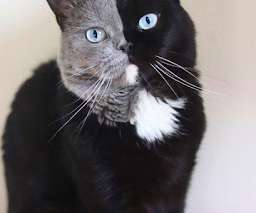CALL FOR TRYOUTS – USPTO National Patent Application Drafting Competition
IPilogue
SEPTEMBER 15, 2022
About the National Patent Application Drafting Competition. Originally created in 2014 as a midwest competition, the Competition is today a national inter-law school competition designed to introduce law students to issues arising in United States patent law.












Let's personalize your content